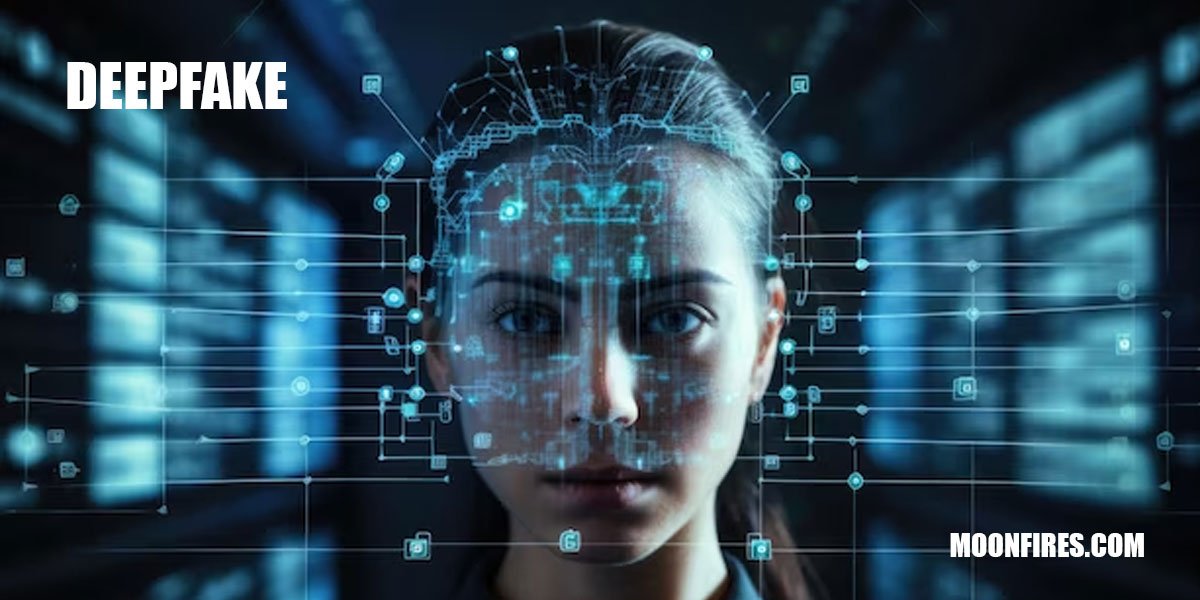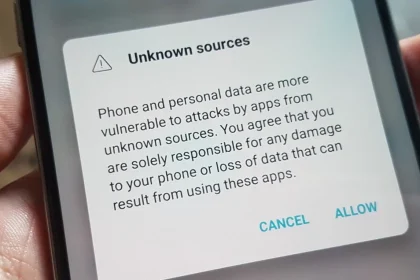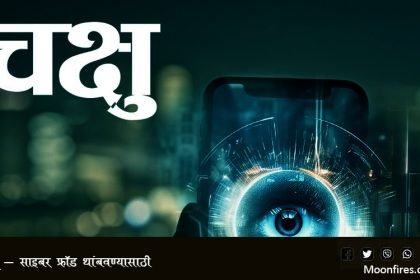In an age dominated by digital media and technology, the rise of deepfake videos and images has emerged as a significant challenge. Deepfakes have the potential to blur the lines between reality and fiction, raising concerns about misinformation, privacy, and their impact on society.
The Deepfake Phenomenon
Deepfakes are computer-generated or manipulated content that convincingly imitate real people and events. These can include forged videos, audio recordings, and images. The term “deepfake” is derived from the combination of “deep learning” and “fake.”
Deep learning algorithms, particularly generative adversarial networks (GANs), are used to create deepfakes. These algorithms analyze and synthesize large amounts of data to generate realistic-looking content. Initially, deepfake technology was developed for legitimate purposes, such as special effects in the film industry, but it didn’t take long for malicious actors to harness its power.
Example :
Misinformation and Manipulation
One of the most significant concerns surrounding deepfakes is their potential to spread misinformation. With deepfake technology, anyone can create a video or image that appears to depict real events or statements, even if they never occurred. This can be particularly damaging in the political realm, where manipulated content can sway public opinion and influence elections.
Misinformation is not limited to politics; it can affect all aspects of society. Deepfakes can be used to impersonate individuals, potentially causing reputational harm or financial fraud. The danger lies not only in their creation but also in the speed at which these fabricated materials can be disseminated through social media and other online platforms.
Example 2:

Ethical and Privacy Concerns
Deepfakes raise ethical questions about consent and privacy. By using readily available photos and videos, anyone can create content that appears to involve individuals who never participated in the creation of these materials. This intrusion into people’s private lives can have profound personal and professional consequences.
Additionally, deepfakes can undermine trust and authenticity. In a world where visual evidence is often considered reliable, the existence of sophisticated forgeries can lead to skepticism and confusion.
Combating the Deepfake Challenge
Addressing the deepfake challenge requires a multifaceted approach:
1. Improved Detection: Developing advanced tools and algorithms for detecting deepfake content is crucial. Organizations and tech companies are working on solutions to identify manipulated media accurately.
2. Legislation and Regulation: Governments worldwide are considering legislation to regulate the creation and dissemination of deepfakes. These laws aim to hold creators of malicious deepfakes accountable and protect individuals’ privacy.
3. Media Literacy: Promoting media literacy is essential for educating the public about the existence and potential dangers of deepfakes. People need to learn how to critically assess the authenticity of digital content.
4. Authentication Technology: Enhancing security and authentication mechanisms for digital media can help prevent the creation and spread of deepfakes. This includes watermarking, digital signatures, and blockchain technology.
5. Ethical Considerations: The tech industry and developers must adopt a code of ethics that discourages the unethical use of deepfake technology. Responsible research and development can help mitigate the risks associated with this technology.
The Road Ahead
Deepfake technology is a double-edged sword, with both positive and negative applications. While it offers innovative solutions for various industries, it also poses significant risks to society. As we navigate the digital age, addressing the deepfake dilemma is imperative to protect our privacy, security, and the integrity of information in the digital realm. Staying vigilant and informed is essential in this ever-evolving landscape of digital deception.







 If you want to use your preferred UPI app, our UPI ID is raj0nly@UPI (you can also scan the QR Code below to make a payment to this ID.
If you want to use your preferred UPI app, our UPI ID is raj0nly@UPI (you can also scan the QR Code below to make a payment to this ID.






